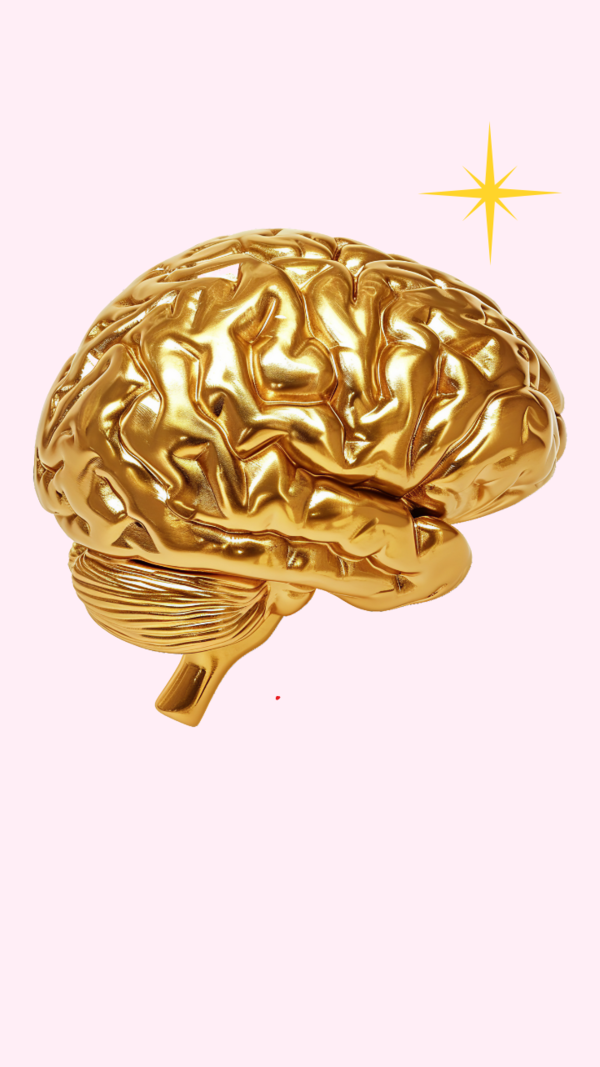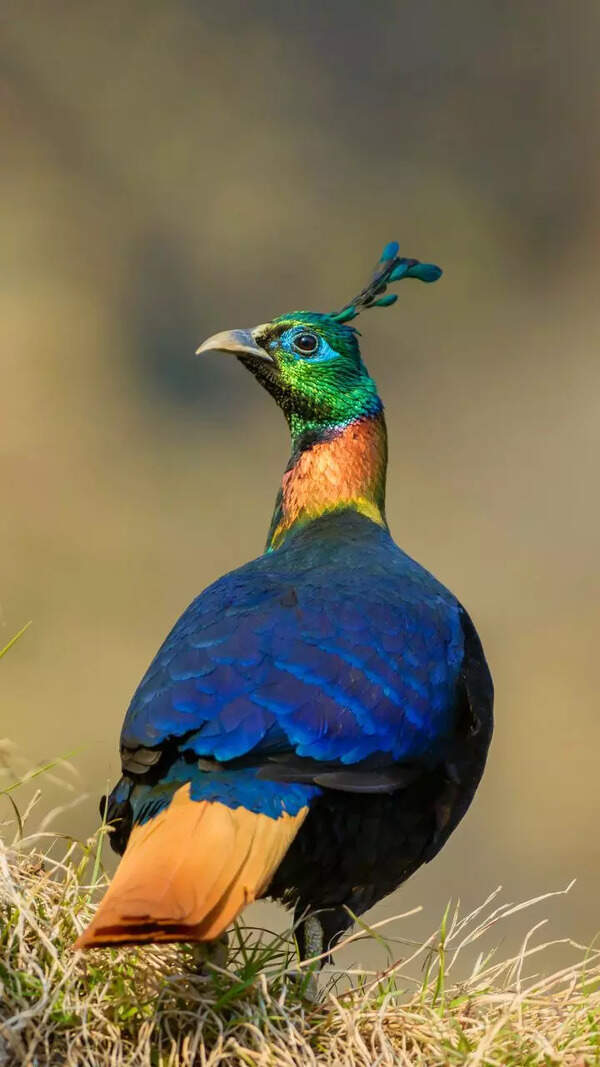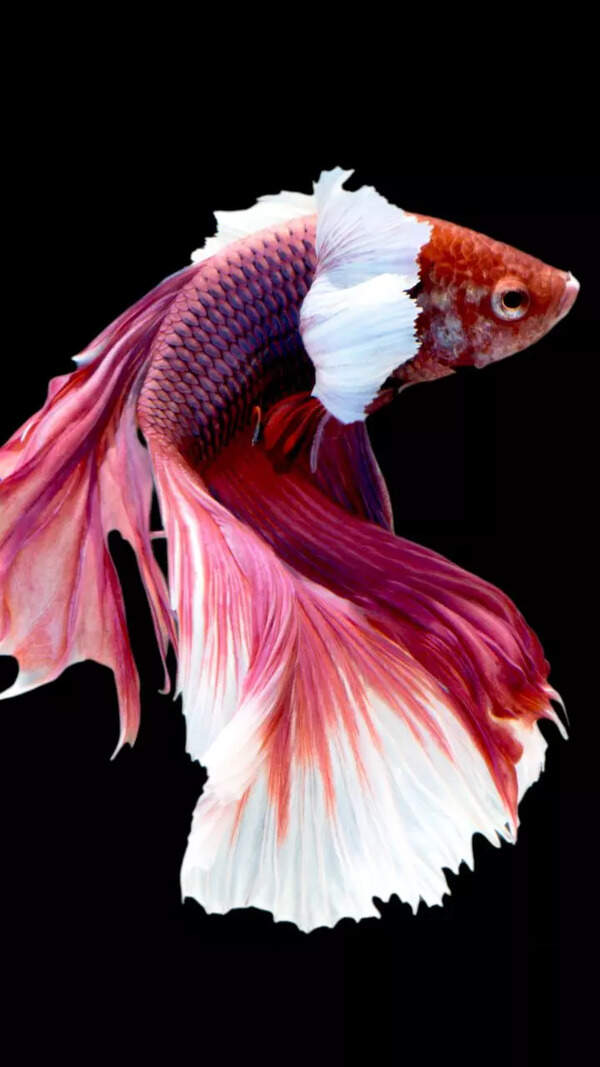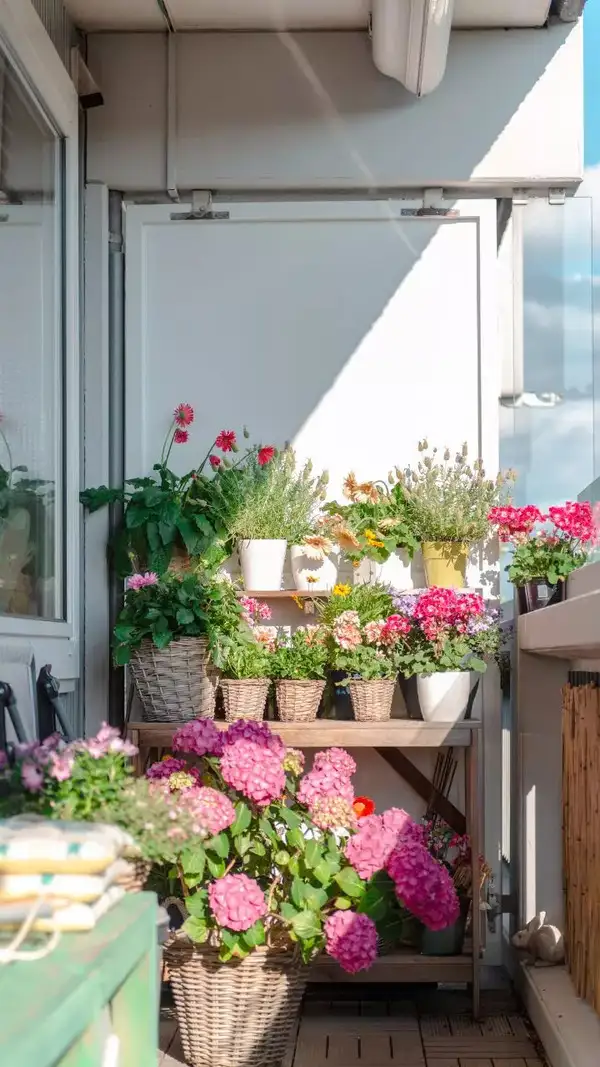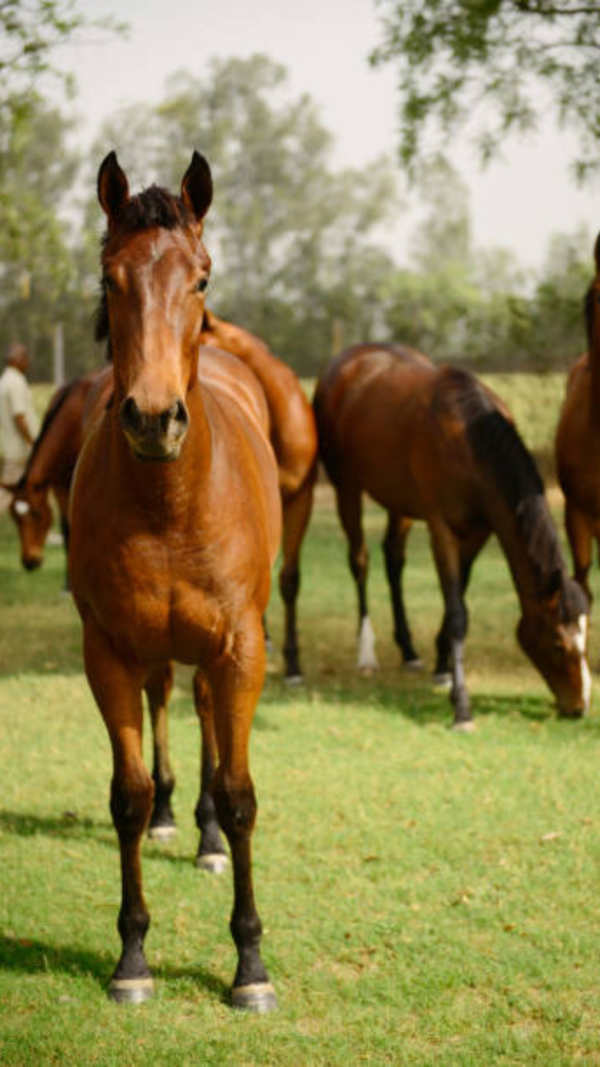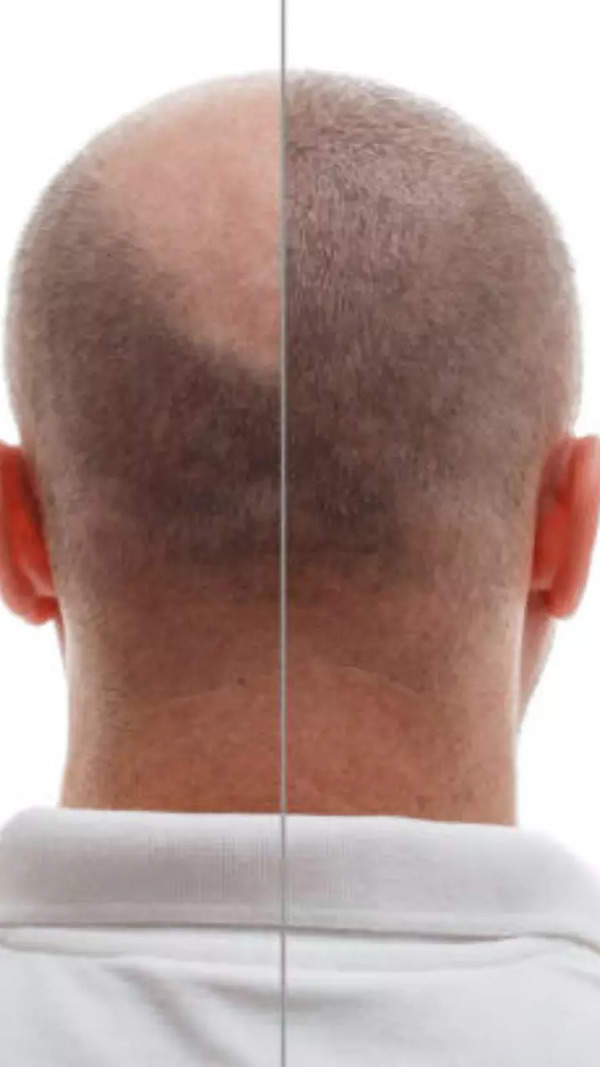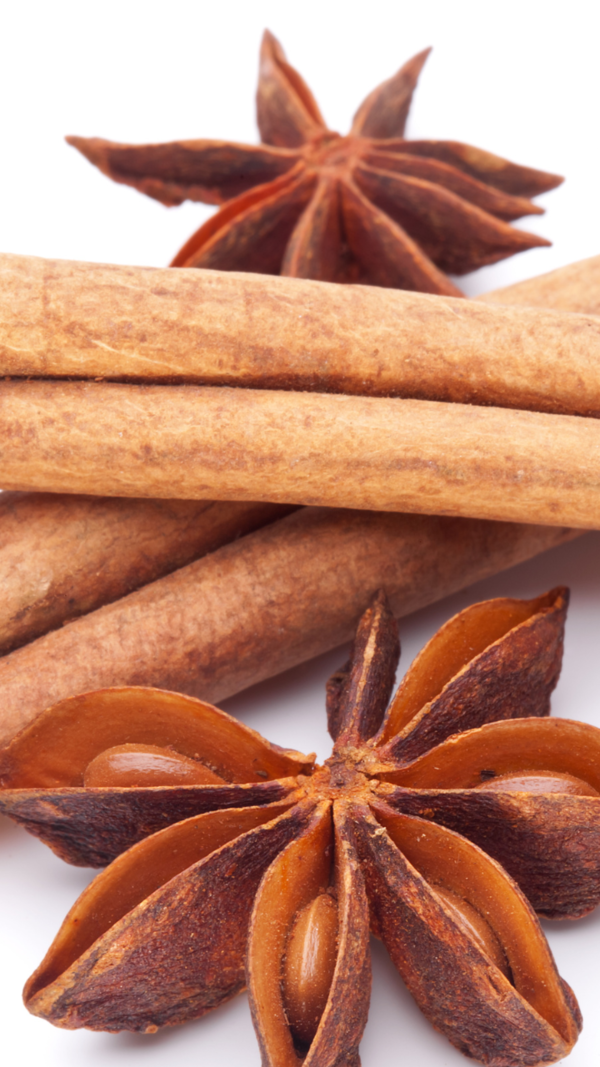Trending
Why Australia shot dead hundreds of Koalas from helicopters
Australia faces severe criticism after a controversial cull in Victoria's Budj Bim National Park, where nearly 700 koalas were shot from helicopters. Sparked by post-bushfire conditions, officials claim the action aimed to prevent further suffering among starving and injured koalas. However, animal rights groups condemn the inhumane method, citing concerns over orphaned joeys and unreliable health assessments.
Australia is facing intense backlash after nearly 700 koalas were shot dead from helicopters in a controversial wildlife cull in Victoria’s Budj Bim National Park. The operation, carried out by state authorities, began in early April following bushfires that destroyed over 2,000 hectares of habitat. Officials say the decision was made to prevent further suffering among starving, injured, and dehydrated koalas. However, animal rights groups argue the method is inhumane and poorly executed, leaving many orphaned joeys without care. The aerial shooting has sparked public outrage, with calls for an immediate halt and an independent review of the operation.
Why were koalas killed
Aerial Shooting: A first for koalas
What sets this cull apart is its method. Trained marksmen shot the koalas from helicopters, something never before done with this species in Australia. While aerial culling is sometimes used for wild horses (brumbies) or deer, it’s highly controversial when applied to a vulnerable and iconic animal like the koala.
120584132
Animal rights groups call for accountability
Animal advocacy groups, including Friends of the Earth Melbourne and Koala Alliance, have condemned the method, calling it cruel and unethical. They argue that evaluating a koala’s health from 30 metres above ground is unreliable and may lead to healthy animals and even mothers with joeys being killed unnecessarily. “It’s despicable. It’s cruel,” said Koala Alliance in a statement on Facebook.
A call for an independent review
Activists are demanding an immediate halt to the cull and are calling for an independent investigation into the government’s decision-making process. They are also pushing for wildlife vets and third-party observers to be granted access to assess the situation on the ground.
The cordoned-off area remains closed to outside help, increasing suspicions and public pressure on the Victorian government to allow transparency.
Koalas: A species under threat
This crisis highlights the broader challenges koalas face across Australia. They are officially listed as endangered in Queensland, New South Wales, and the Australian Capital Territory due to habitat destruction, logging, and climate-fueled bushfires. Conservationists fear that this kind of aggressive response to wildlife management could set a dangerous precedent.
While authorities insist the cull was an act of mercy, the backlash reflects growing concern over how Australia treats its endangered wildlife. The situation has become a flashpoint in the debate between managing suffering and protecting vulnerable species. For now, the fate of many joeys and the ethical debate over this controversial method remain unresolved.
End of Article
Follow Us On Social Media
Visual Stories
Tired of too many ads?go ad free now

